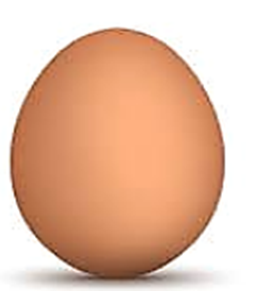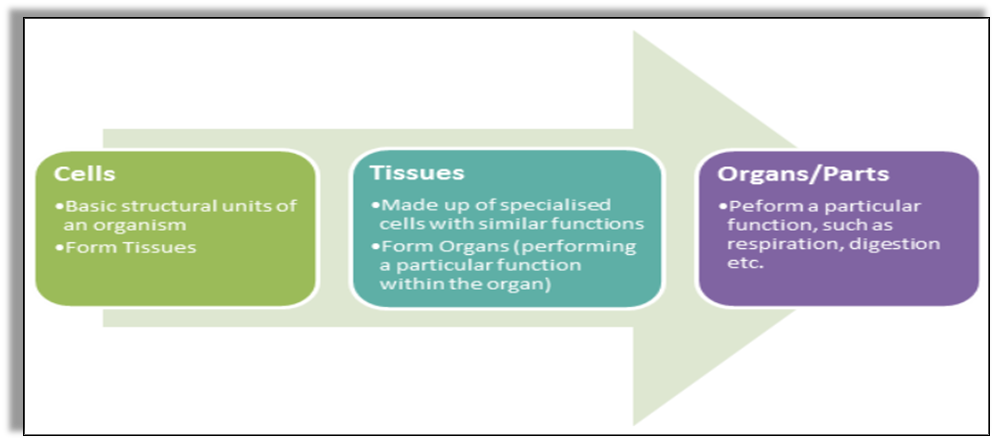- Books Name
- Class-8 Science Book
- Publication
- PathSet Publications
- Course
- CBSE Class 8
- Subject
- Science
The Cell
While cells are often referred to as 'bricks' making up a building, cells are complex living structures that can have a variety of shapes, sizes, and functions.
Did you know?

that can be seen by the naked eye.
What are cells?
The smallest living part of an organism is a cell. All plants, animals, and human beings are made of small units called cells.
Example
Our body has trillions of cells. Different cells in our body perform different functions. Hence we can say that Cell is the smallest unit of life that has a definite structure and perform different functions.
Why is a cell called a Basic Structural unit?
- It is because they are the basic unit of life
- All plants and animals are made up of cells
- Just as a house is made of different rooms, different rooms are made of walls and walls are made up of different bricks (non-living)
- Similarly, our body is made up of different organs and different organs are made up of tissues which are made of different cells (Living organisms)
- Hence, a cell is a basic structural unit of a living organism.

Features of cell:▪ A cell is the smallest structural, functional and biological unit of life in all living organisms.
▪ All organisms are made of cells and cell products.
▪ Most of the cells are so small in size that they cannot be seen by the naked eye.
▪ Most plant and animal cells are visible only under a microscope, with dimensions between 1 and 100 micrometers.
▪ The smallest cell is that of a PPLO (a bacterium).
▪ The egg of an ostrich is the largest cell on earth.
▪ The size and shape of a cell are different for different organisms.
Organisms are classified as –
Unicellular – Consisting of a single cell. Example – bacteria.
Multicellular – Consisting of many cells that form complex structures. Example – plants, and animals.
▪ A cell can replicate independently i.e., it can divide itself into multiple new cells. This process is called cell division.
▪ Cells are made up of functional membrane-bound units called organelles.
▪ Cells of all organisms have the same kind of organelles.
▪ Amoeba is capable of changing shape with the help of pseudopodia.
▪ WBCs in humans also show the same feature.

 PathSet Publications
PathSet Publications
